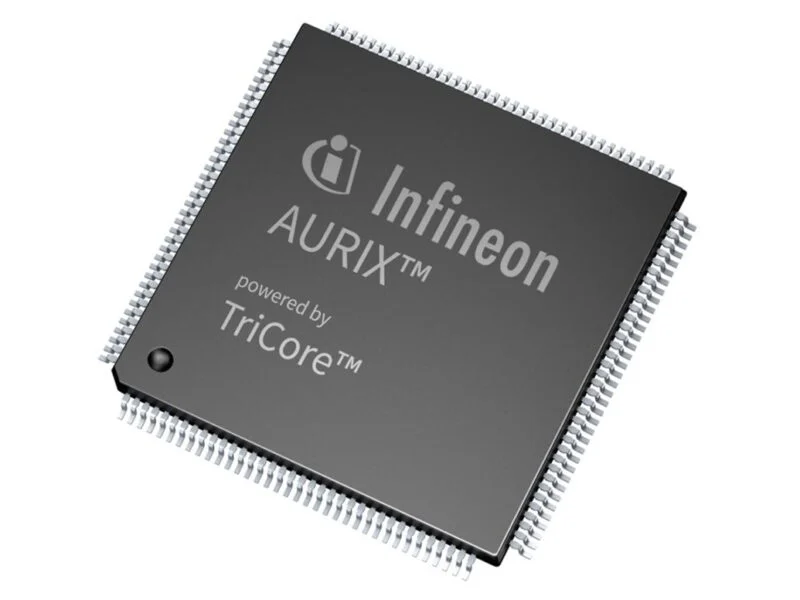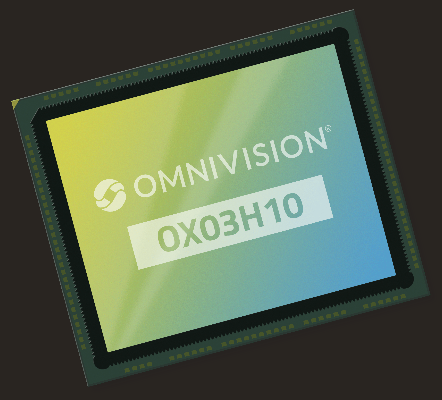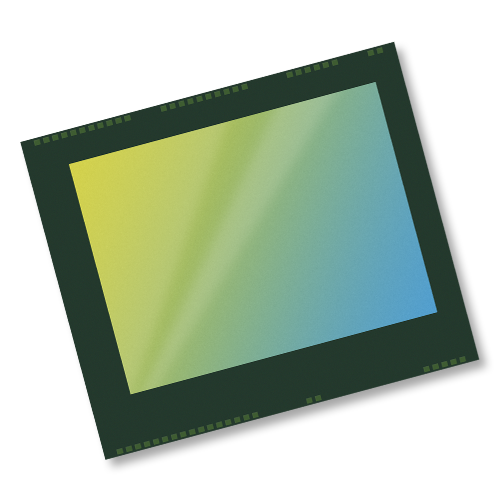As the semiconductor industry moves towards the 1.4nm process node, expected to launch in 2027, it signifies a major technological milestone in miniaturization and efficiency. While the 2nm node is still on the horizon for 2025, the industry is already preparing for the next phase, where advancements in transistor density, energy efficiency, and performance will redefine the limits of computing power.
Pushing the Boundaries with 1.4nm Technology
The 1.4nm process node will unlock new possibilities for fields such as artificial intelligence (AI) and quantum computing. Designers are not just working to reduce the size of electronic components; they are pushing the boundaries of technology itself. These advancements, aligned with Moore’s Law, aim to meet growing demands for more efficient and powerful computing systems.
The development of this process node relies heavily on cutting-edge manufacturing technology, such as Extreme Ultraviolet (EUV) lithography. Developed by ASML, these machines, valued at around $400 million, are essential for the precision needed to produce chips at such small scales. As we look toward 2027, the evolution of semiconductor technology will have profound implications for the industry and beyond.
The Role of EUV Lithography in Miniaturization
EUV lithography is the key technology driving miniaturization in semiconductor manufacturing. It uses shorter wavelengths of light compared to traditional methods, allowing for more precise etching of patterns onto silicon wafers. This technique enables companies to fit billions of transistors onto a single chip, which was a significant challenge using older Deep Ultraviolet (DUV) lithography.
Major industry players, like Intel, are already investing heavily in High-NA EUV lithography machines from ASML to stay ahead in the race for 1.4nm technology. These machines are central to Intel’s strategy to advance its chip manufacturing capabilities.
The Evolution of Transistor Density
From the creation of the integrated circuit in the 1950s, which housed just a few transistors, the industry has evolved to create chips containing billions of transistors. The shift from microscale to nanoscale technology has brought immense improvements in computing power, efficiency, and complexity.
Transitioning to the 1.4nm node will represent the most significant leap in transistor density and performance to date. This evolution, however, presents new challenges in materials science and fabrication techniques. The industry will need to innovate further in lithography and explore new materials capable of managing heat and behavior at quantum scales.
Rather than focusing solely on the number of transistors per unit, we are moving toward a focus on transistors per 3D volume, which is crucial for advanced applications such as virtual reality (VR), augmented reality (AR), and autonomous vehicles.
Intel’s Role in Advancing 1.4nm Technology
Currently, Intel uses EUV technology in three of its fabrication plants—Intel 4, Intel 3, and Intel 20A. While DUV lithography is still dominant in Intel’s Intel 7 process, the company anticipates a major shift toward EUV-based nodes in the near future. Intel’s focus is not just on advancing lithography but also on expanding its manufacturing capacity and investing in advanced packaging techniques.
Beyond the 1.4nm Node
Looking beyond the 1.4nm node, the industry faces the physical and technical limits of silicon-based technology. As process nodes shrink further, challenges like quantum tunneling and heat dissipation become more significant, potentially affecting chip efficiency and reliability.
The search for alternative materials is already underway. Emerging technologies like graphene and transition metal dichalcogenides offer promising electrical, thermal, and mechanical properties at atomic thicknesses. Quantum dots also show potential for advancing photonics and quantum computing, providing new ways to process and store information. Additionally, 3D integrated circuit (IC) packaging offers a solution to enhance performance by stacking multiple chiplets or dies into a single package.
The Impact of 1.4nm and Beyond
Advancing beyond the 1.4nm node opens up a new world of possibilities. AI systems will become more powerful and efficient, capable of complex reasoning while consuming less energy. Quantum computing, benefiting from advancements in quantum materials and quantum dots, will become more practical, solving problems that are difficult for classical computers.
The continuous push for miniaturization will redefine the future of computing, offering breakthroughs in energy efficiency and processing power.
Conclusion
The journey toward and beyond the 1.4nm node is not just about shrinking electronics but about redefining the architecture of computing technology. As we approach 2027, this milestone promises to revolutionize industries like AI and quantum computing, bringing unparalleled efficiency and performance. With companies like Intel investing in EUV lithography and advanced packaging, the semiconductor industry is set for a significant transformation, driving the future of computing into new and exciting realms.
For more information, visit: https://www.mouser.in/blog/next-leap-in-semiconductors.



